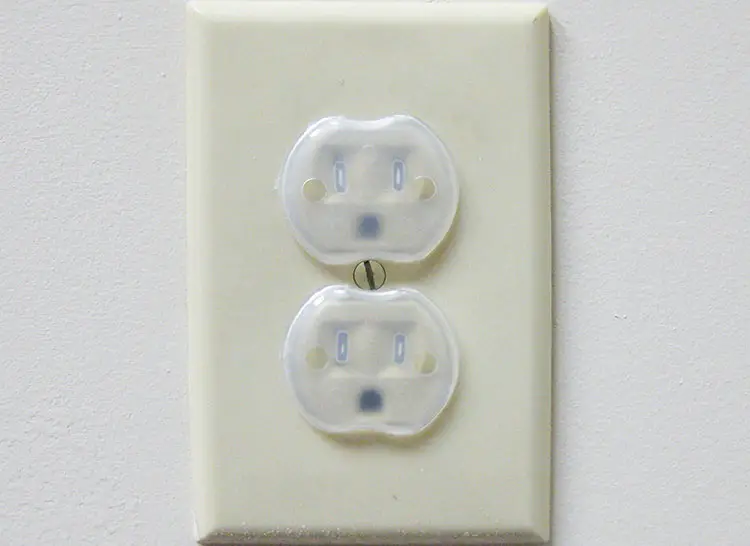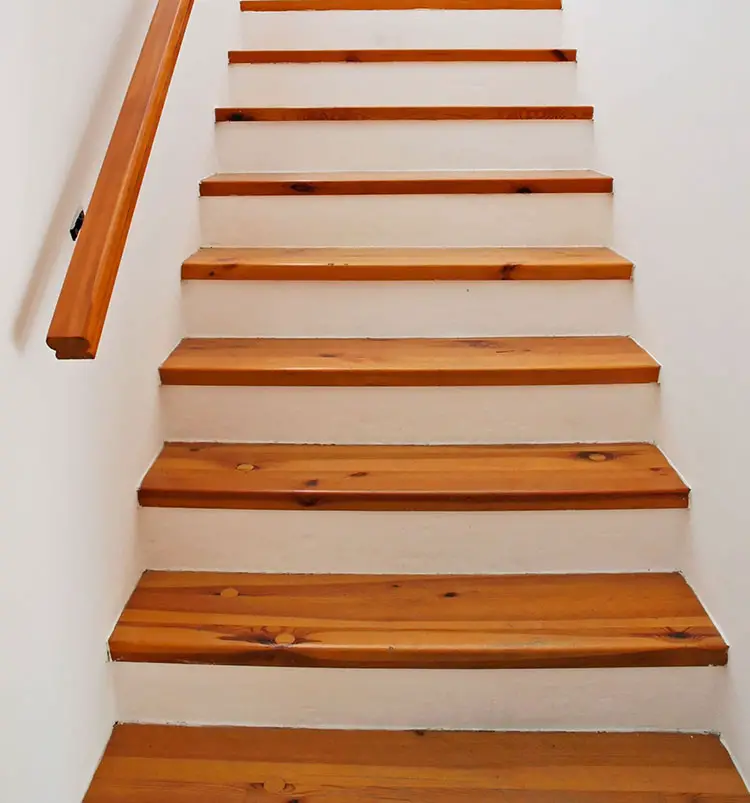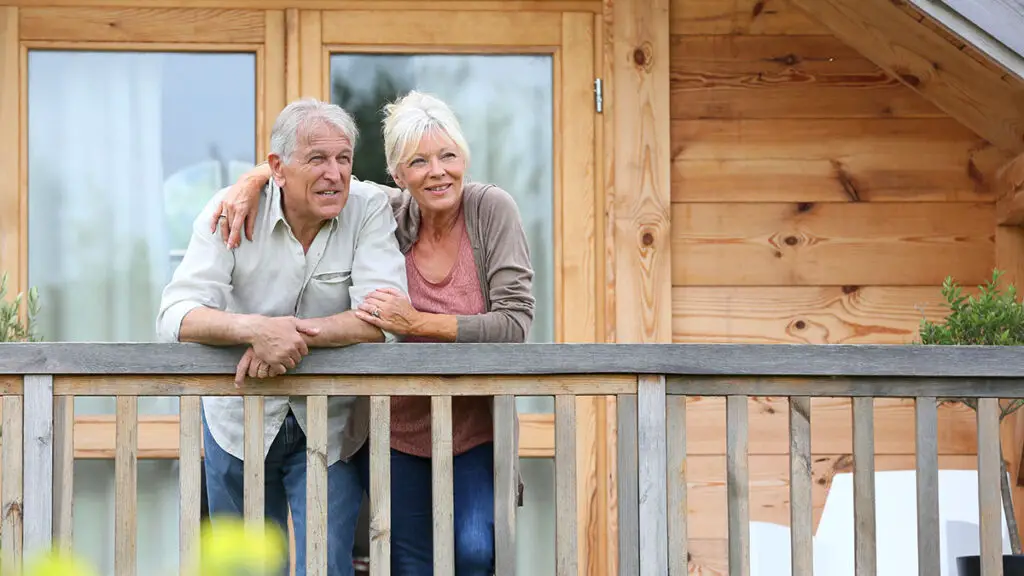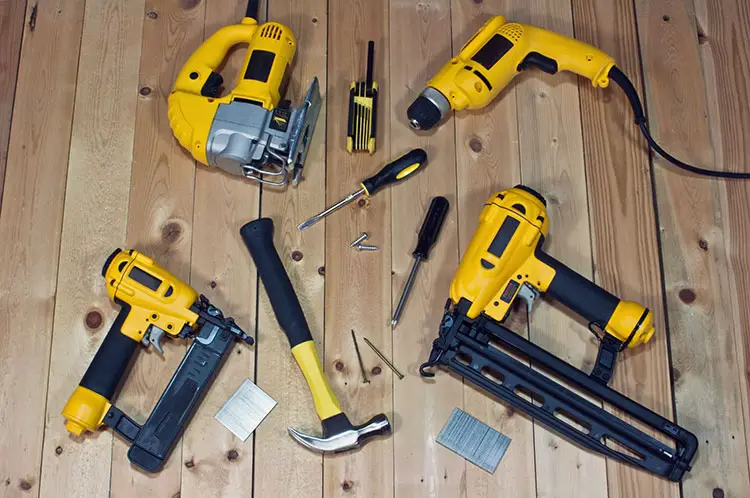In my experience, Alzheimer’s Disease home safety is something caregivers often learn the hard way – through trial and error. Unfortunately, some of the “errors” can be downright dangerous. This is a big reason why I wrote my book, Staying Home: A Caregiver’s Guide to Making Your House Alzheimer’s Safe.
The problem is that even reputable, well-intentioned sites like the Cleveland Clinic offer mediocre advice at best. I wrote a more thorough, easy-to-follow guide for caregivers that takes them through each room in the house to assess dangers and find ways to improve safety and peace of mind.
Knowing that not everyone has the means to buy a book on the subject, and to help as many people as possible, I’m offering the book’s content here on Elder Guru in different articles. Each of those sections will include a caregiver’s checklist to help with planning.
The first checklist of the group can be downloaded below. It is intended as a summary checklist to use after reading the article and understanding the risks and dangers of the home.
Download Alzheimer’s Disease Home Safety General Checklist (PDF)
Some people with Alzheimer’s can live at home for a very long time, perhaps the rest of their lives. Others may need to be placed in assisted living, and caregivers will have to determine when that time is appropriate. It will differ for everyone.
However, improving Alzheimer’s disease home safety will extend how long the individual can remain safely at home.
General Home Safety Guidelines
Traffic accidents are a dangerous first sign of dementia. After the diagnosis comes, the individual and his/her family a struck with disbelief and grief. Then comes the question – what now? How does the person remain safe as the disease continues its progression?
I will go through the main rooms of the house, as well as the exterior, over the course of these articles. This article is more general in nature, and lays the groundwork for the safety guidelines on each room that will follow in subsequent articles.
If you follow the suggestions I’ve outlined, you are off to an excellent start, ensuring safe surroundings for the person with Alzheimer’s who is in your care.
Think about your preparations similarly to child-proofing your home. Think prevention first and foremost. Then remove or make alterations on anything that could be dangerous.
Consider these points first when looking at Alzheimer’s disease home safety:
- Display emergency numbers and your home address near all telephones.
- Use an answering machine when you cannot answer phone calls. Set it to turn on after the fewest number of rings possible. A person with Alzheimer’s disease may be unable to take messages or could become victim of telephone exploitation. Turn ringers on low to avoid distraction and confusion.
- Remove any items that might be dangerous. Put away the ironing board, or at least lock away the iron. Lock up curling irons and space heaters. Any small appliances that can be plugged in should be locked away out of sight.
- Electrical outlets should be plugged with child-safety caps or plate covers.

- Child Safety – Covers unused receptacles to help babyproof living rooms, bedrooms, kitchens and playrooms by preventing objects from being inserted into outlets
- Easy Installation – Clear safety covers simply plug into unused outlets and are removed by adults without tools
- Look for any item that could be used as a weapon and cause harm. Put away sharp objects such as scissors, letter openers, and tweezers. Check your bathroom counters and accessible drawers for these types of objects. Check cabinets and drawers in every room to ensure that all sharp objects are removed.
- Remember to check every room for houseplants that could be eaten and could cause illness or worse. Artificial plants could be tempting, too, and should be removed if they become a problem.
- Look at locks throughout the house. Only have locks on interior doors that you plan to have off-limits. The loved one’s bedroom, the bathroom, and other allowed areas should not have locks on them. Make sure locks on exterior doors are out of reach or too difficult to figure out how to unlock.
- Choose appropriate locks for different types of windows.
- Put child safety locks on cabinets as needed.
- UPGRADED VERSION - taking to heart feedback from our customers, this new version features a longer hook arm that works even in kitchens with countertop overhangs. It also has greater adhesive surface area for greater security!
- EASY FOR ADULTS TO OPEN, SECURE AGAINST KIDS - The locks can handle at least 20lbs of pull tension, more than enough to keep cabinets locked against kids. Meanwhile, parents and adults can easily open locked cabinets with one press against the spring-loaded latch, without any need for special keys or magnets.
- Put a cover on the thermostat.
- Protect against tampering, damage and unauthorized adjustment of thermostat settings.
- Fits Honeywell Home thermostat families RTH8xxxx, RTH7xxxx, RTH6xxxx, RTH5xxxx, CT3x and other models measuring 6 1/16 W x 5 1/16 H x 2 5/8 D inches or smaller.
- It might be prudent to lock up dangerous items in any off-limits rooms just in case a door is left unlocked, or the person somehow finds his or her way to that normally forbidden room. Examples include scissors in the sewing room and gasoline in the garage.
- Stairs inside the house are an obvious danger. Make sure there is at least one handrail that extends beyond the first and last steps. Consider painting contrasting colors to distinguish the steps. Handrails are a must. If the area must be blocked off, do so with a gate that is tall enough to prevent climbing over it. Safety gates should be placed at the foot as well as the top of the stairs.

- Go through the house to see if colors have been chosen to aid in getting around. Look at the contrast of floors next to the walls, as well as the walls to the curtains. Is the furniture easy to spot, as it provides a contrast to the floor beneath? This is especially important in being able to find a comfortable chair quickly.
- Look at lighting in each room. Make sure that there is plenty of overhead lighting in each room, paying special attention to the areas where the person will be dressing, bathing, and conducting other activities of daily living. This includes the bedroom, the bathroom, the shower, and any vanity area. Look at the lighting at different times of the day. Lighting that casts shadows on walls can be scary to the person with dementia. Add nightlights everywhere needed.
- Check all the doorways to make sure they are wide enough. Feel around the frame for smooth edges. Are doorknobs easy to turn? If not, consider replacing them with levers to provide easier access. For the rooms that are shut off, cover doorknobs or lock these rooms.
- Install smoke alarms and carbon monoxide detectors in or near the kitchen and all sleeping areas. Check batteries often. Place fire extinguishers in key places.
- Hide a spare key outside. Your loved one may accidentally lock you out of the house.
- If smoking is permitted, monitor the person with Alzheimer’s while he or she is smoking. Remove matches, lighters, ashtrays, cigarettes, and other means of smoking from view. This reduces fire hazards, and with these reminders out of sight, the person may forget the desire to smoke.
- Keep plastic bags out of reach. A person with Alzheimer’s disease may choke or suffocate if plastic bags are used inappropriately.
- Remove all guns and other weapons from the home or luck them up. If kept in the home, as a second safety measure, add safety locks to the guns, remove firing pins, and secure ammunition in a separate location.
- Restrict access to the computer and internet. Protect important files with passwords and back those files up. Consider monitoring computer use by the person with Alzheimer’s and install software that screens for objectionable material on the internet.
Ensure that the person with dementia has plenty of room to walk around the house, wandering within rooms and between rooms. Take a walk yourself throughout the house. Are pathways clear? Do you have to maneuver to get around pieces of furniture?
Is there a danger of running into the pictures on the wall? Move whatever is in the way to ensure safe movement from room to room. Remember to allow wider spaces for walkers and wheelchairs or place chairs in strategic areas to provide rest areas.
Rooms to Consider Making Off-Limits
This may be something you have to do later on, as the disease progresses. I would not suggest moving immediately to the most extreme safety measures as that can frustrate your loved one and take away personal freedoms that they can still enjoy.
Still, the time may very well come where personal freedoms mean unnecessary danger. It’s a difficult balancing act. Some rooms are more dangerous than others, and these are the rooms you may need to limit access to.
Laundry Room
- Washers and dryers can be turned on, misused, or have inappropriate items stuck in them.
- Wandering hands can get into laundry detergent, softener, and even bleach. The laundry room likely holds numerous chemicals that could be toxic if swallowed.
- If the laundry area is simply a closet, close it off with a child-proof lock. If it’s not possible to shut off the laundry room because it’s a part of the bathroom or other area, then make sure that any chemicals are locked up in the cabinets.
- Unplug the washer and dryer when not in use. Always check to see if anything has been stuffed in either appliance before dumping in clothes and turning on the power.
Personal Office
- Look at the expensive equipment that is in this space, including items such as a computer, a printer, a fax machine. These costly electronics may be tempting to work with or susceptible to being knocked off the desk or table.
- Filing cabinets provide opportunities for pilfering through important files and even losing them.
- Bookcases may pose as a climbing temptation.
- Various supplies could be dangerous.
Due to the dangers in the room, simply locking the door will ensure that your equipment and your loved one stay safe.
Sewing and Craft Rooms
- Besides the obvious danger of a sewing machine, there are scissors and needles, strings and threads, and small items such as buttons. Items can be lost, chewed on, and even swallowed.
- If the person with dementia has a place to sit and visit with the person working in the room, then supervised visits in that room may be fine. When not in use, however, it is best to deny access.
Garage
- Keep the door to the garage locked at all times. Go a step further and hide car keys to avoid any temptation to get into the car or upset feelings when that desire is denied.
- Many garages hold lawn equipment, including lawn mowers and weed eaters, which definitely should be kept off limits.
- Garages sometimes have inviting work areas and lots of tools. They house sharp could-be weapons, such as shovels, axes, hoes, and rakes. Garages also store oil, paint, and other chemicals that could be deadly if ingested.
- If access to the garage is granted, lock all power tools and machinery.
Pets
A final thing to think about are the pets in the home. Homes with pets must make adjustments to ensure safety for both the person and the pets. It is entirely possible that the person with dementia might eat cat or dog food, or mess with the litter box. For this reason, put these items in out-of-the-way places, such as the off-limits laundry room. You may have to install a doggy door to allow free access for dogs to their food or cats to the litter box.
Keep fish tanks out of reach. The combination of glass, water, electrical pumps, and potentially poisonous aquatic life could be harmful to a curious person with Alzheimer’s disease.
Alzheimer’s Disease Home Safety Summarized
This article is just the beginning, a means to get you thinking about how your home could become dangers to the one you are providing care for. Further articles will cover specific rooms:
Check each of these articles as they become published to continue your home safety assessment.
Want to read my complete guide? Check out Staying Home:
- Grant, Derrick (Author)
- English (Publication Language)







